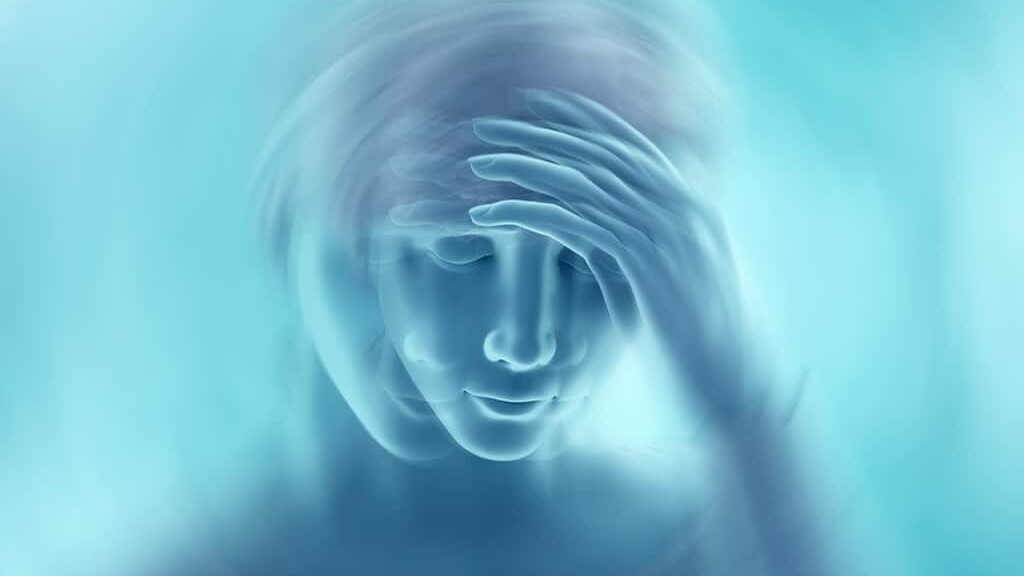
Hard to balance? Feel like you’re moving when you’re not? Head spinning inside the room?
If you’ve ever experienced vertigo, you may be very familiar with these sensations. True vertigo can be a very debilitating symptom that is caused by one of many different origins. What’s causing the vertigo is the key to diagnosis, and there a number of things to consider such as type of symptoms, length of symptoms, when do my symptoms come on and what started my symptoms if anything.
One of the origins of vertigo is Benign Paroxysmal Positional Vertigo (BPPV) which is an inner ear disorder caused by movement of calcified crystals. Your inner ear has 3 loops in it called semi-circular canals; anterior, posterior and lateral. Normally, the calcified crystals sit nicely within the utricle in the inner ear complex. However in BPPV, they have been dislodged and sit with one of the semi-circular canals, usually the posterior canal in 90% of cases of BPPV. Within the semi-circular canals are a number of hair like senses that monitor our change in head position, this causes the person to become extremely sensitive to changes in head position that cause you to have episodes of vertigo.

Benign – Not malignant
Paroxysmal – Sudden onset of symptoms
Positional – Change in head position
Vertigo – Room spinning
BPPV is characterized by several key symptoms, without them you may need more of an investigation from a health professional to ensure you have the correct diagnosis. The symptoms specific for BPPV include:
- Do my symptoms come on with a change in head position?
- Are my symptoms: nausea, dizziness, nystagmus (eye shaking), true vertigo?
- Do my symptoms last for less than 60seconds?
- Do I feel fine for the rest of the between the episodes of vertigo/dizziness?
What do I do to fix it?
If this sounds like you, chances are you may have BPPV. Lucky for you, with a correct diagnosis, your condition can be fixed with one simple maneuver. Your physical therapist or a qualified health professional will perform a maneuver called a Dix Hallpike. If this test is deemed to be positive by the health professional and your symptoms match those of BPPV, if means you have a positive diagnosis for BPPV and the Epleys Maneuver will be completed. The Epleys Maneuver should only be done by a health professional and involves a sequence of head, neck and body movements that are designed to get the dislodged crystals back into the right place. Each position is held until symptoms from each position cease, this procedure may be repeated if deemed necessary, and the health professional will then reassess some of your symptoms. You will be re-assessed after a period of 1 month to observe treatment resolution or persistence of symptoms.
What if I have slightly different symptoms?
If your symptoms are slightly different and include, ringing in your ears, migraines, fluctuating hearing or hearing loss, loss of balance or vertigo that lasts longer than one minute it may mean you have a different pathology that is causing your vertigo. It is best to go see your health professional who will ask you a number of questions and run you through a number of different vestibular tests that will assess your condition and will look to provide you with a different diagnosis.
This post was curated by Tim Frith a physiotherapist from East Bentleigh SSPC
You might like these other resources
Why Do My Joints Ache In Cold Weather?
11 June 2025
The Role of Ice in Managing Acute Sporting Injuries
17 September 2024
Are Your Bones Strong Enough?
28 May 2024






